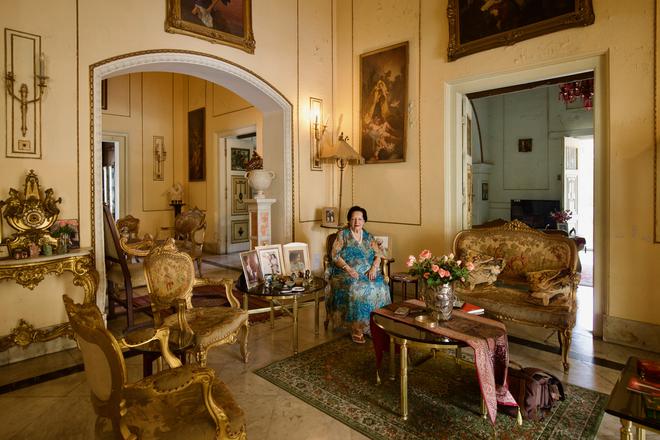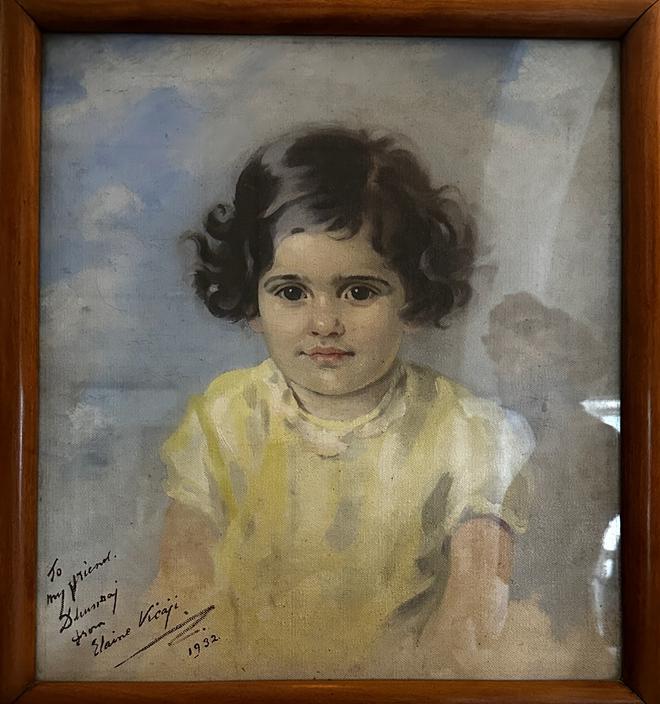The Gyanbagh Palace is one of the most memorable palaces for the movie-loving people of the Telugu-speaking states. Nearly 40 years after the classic Mutyalu Muggu’s director Bapu captured it in exquisite detail, the palace remains an architectural gem hidden in the bylanes of Pan Mandi in Hyderabad.
“This is a 170-year-old palace that looks European from outside but has something very Indic inside. All the doors match each other so that the wind can pass through unimpeded. The decor and refinements are grand and rooted in our culture,” says Indira Devi Dhanrajgir.
Her ancestor Jivangirji moved from Gandhari (present day Kandahar) to Pune in the 18th century and hitched his business interests with the Peshwas. His disciple Mahdevgirji moved to Hyderabad and became successful in business.
The Gosain or Goswami Rajas were succeeded by their disciples as they did not follow the traditional marriage route. The palace was built during the prosperous era of Raja Gyangirji Bahadur, who had an infantry of 500 and a mansab of ₹1,000.

The palace was expanded later. “One of the rooms had just toys,” says Ms. Dhanrajgir, sitting in her parlour surrounded by memorabilia of generations of a storied family. On a table across her is the gift given by Salar Jung to her grandfather during the housewarming ceremony. Each bric-à-brac has a story waiting to be heard and written about.
A few of the scenes in the movie Mere Mahboob, starring Rajendra Kumar and Sadhana, were shot in the palace, but it is difficult to identify the frames as the moorings of the palace have changed.
An early 20th century photograph of the palace complex shows a vast open space speckled with Venetian sculptures, a reflecting pool and the palace flanked by its wings with pathways for cars. The palace grounds have shrunk as squatters moved in on unguarded portions and some of it has been sold to realtors as well. A heavily muscled Atlas with a single fig leaf covering him is a the lone guardian of what is now the rear portion of the palace.
Unlike the other Nizam-era palaces in the city with their Zenana and Mardana sections, the palace is an open space for everyone. Looking down from the walls are original paintings of the legendary Raja Ravi Varma and Ramakrishna Vamanrao Deuskar, who was the first curator of Salar Jung Museum.

There is another portrait of the princess as a young girl done by portrait painter Dorothy Elaine Vicaji in 1932. The delicate features of the young girl can still be traced on the face of Indira Devi Dhanrajgir, who has seen the world and then some more.







